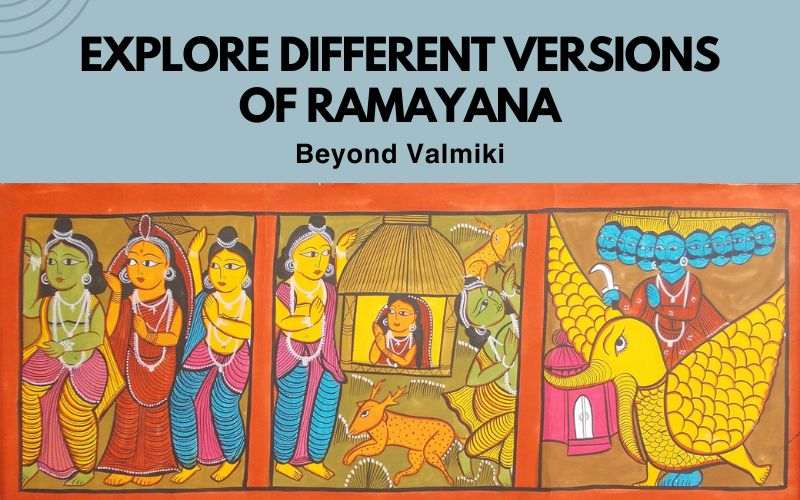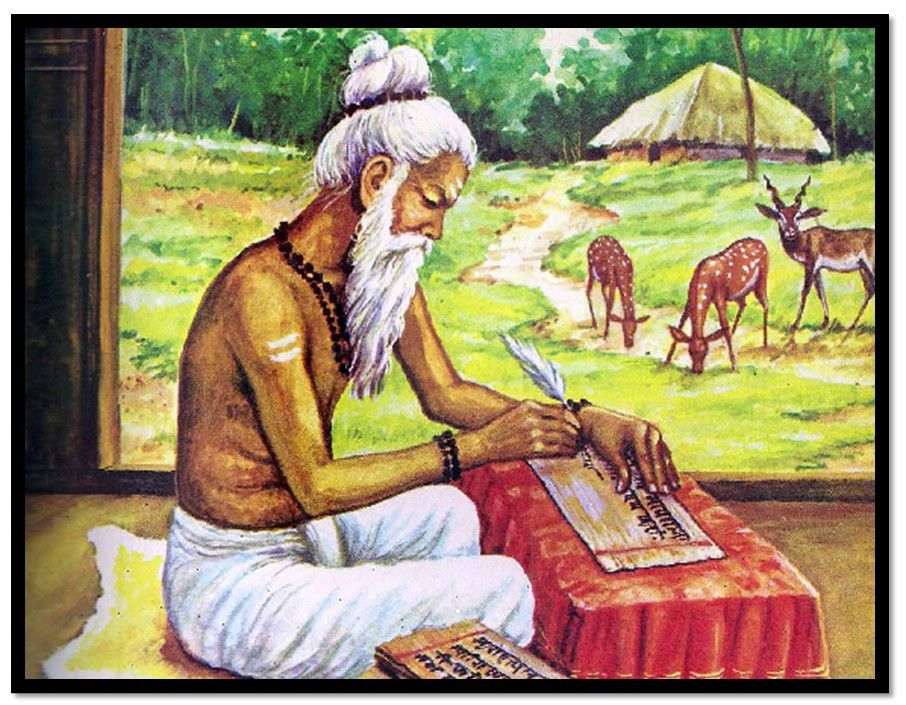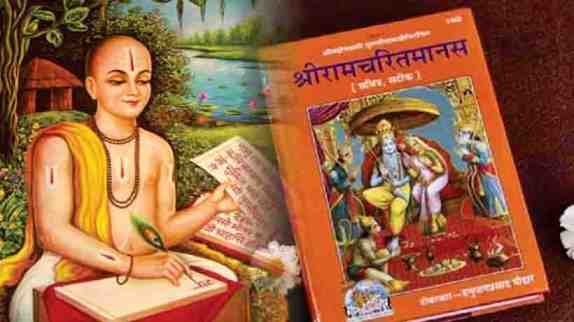Discover how the different versions of Ramayana evolves in many faces with diverse versions reflecting unique cultures and beliefs.

The Ramayana, an epic poem of ancient India, is not just a story, it’s a vibrant tapestry woven with threads of love, loss, duty, and redemption. But did you know this tapestry isn’t singular? It’s a kaleidoscope of countless variations, each adding its own unique hue to the grand narrative. Let’s embark on a journey to explore these diverse expressions of the Ramayana.
Ancient Beginnings: Origin of Ramayana
Oral Tradition:
Imagine a story so amazing, it was told for hundreds and hundreds of years before anyone ever wrote it down! That’s the Ramayana. It wasn’t stuck in a book at first, but sung and shared by singers and wise people in ancient India. They passed on the tale of Rama and Sita, a prince and princess with an incredible adventure, from one generation to the next. Before written records, this Ramayana led to variations and adaptations, making it a truly dynamic story.

Valmiki’s Ramayana:
Then, about 2,500 years ago, a poet named Valmiki decided to put this amazing story into writing. He called his book simply “Ramayana,” and it became the foundation for all the Ramayana versions we know today. So, even though Ramayana was around for a long time before, Valmiki’s written version helped keep it alive and well for centuries to come!
That’s how the Ramayana started: a beautiful story shared by voice, then preserved by a wise writer for all to enjoy. And it’s still loved and shared today, reminding us of bravery, loyalty, and the power of storytelling!
You may also read: Bhavishya Malika Predictions for 2024: Real, Fact or Fiction?
Across Languages and Genres:
- Sanskrit Poetry: Poets like Kalidas and Bhasa created lovely poems inspired by the Ramayana. They often highlighted specific characters or events from the epic in their writings.
- Prose and Plays: Though not as widespread, some versions of the Ramayana are written in straightforward prose or are presented as plays. These provide alternative ways to enjoy the story.
- Epic Literature: The Ramayana is not limited to its own epic; it also appears in other epics like the Mahabharata. This shows how it’s closely connected with Hindu mythology, woven into the larger tapestry of ancient stories.
Beyond Sanskrit:
- Ramayana didn’t stay confined to one language. Epic texts like Vasishtha Yoga Samhita and even the Mahabharata mentioned it.
- Buddhist and Jain versions offered different perspectives, like Jains believing Rama’s brother killed Ravana due to their non-violence principles.
- Regional cultures created their own versions, like the Santali Ramayana with a humorous take on Hanuman meeting Rama.
Regional Adaptations:
Hundreds of versions exist in various Indian languages like Tamil, Telugu, Kannada, and Marathi, each adding their own unique flavor to the story. Some considered sacred like Tulsidas’ Ramacharitamanasa in Hindi and Kamban’s Ramavtaram in Tamil.
Hindi:
In the 17th century, Tulsidas composed the Ramacharitamanasa, often called the “Sanctimonious Lake of Acts of Sri Rama.” This work is based on the Adhaytma Ramayana. Other notable versions include Sura Ramayana by Surdas in the 16th century and Radheshyam Ramayana.

Tamil:
In the 3rd century AD, Sangam Literature introduced the Ramavtaram, and in the 12th century, Kamban created a version called Ramavtaram, based on Valmiki’s Ramayana.
Telugu:
Gona Buddha Reddy contributed Ranganatha Ramayanam in the 13th century AD. Other Telugu versions include Bhaskara Ramayanam, Kattaa Varadaraju Ramayanam by Gopinatha Venkata Kavi (1820-1890), and Molla Ramayanam by a poetess of the potter community in the 14th century.
Kannada:
Narahari’s Torave Ramayana from the 16th century is based on Valmiki’s and Ananda Ramayana. Battalesvara’s Kausika Ramayana from the 17th century draws inspiration from Adbhut Ramayana.
Malayalam:
Tuncattu Ezhuttacchan’s Atiyatama Ramayana from the 16th century is one of the noteworthy Malayalam versions.
Marathi:
Ekanath composed the Bhavarth Ramayana in the 16th century, although it remains incomplete.
Gujarati:
Giridhar’s Ramacharit from 1837 AD and Vishnudas’s Ramayana from the 16th century contribute to the Gujarati versions.
Asomiya (Assamese):
Madhav Kandali’s Ramayana from the 14th century is based on the North Eastern recession of Valmiki’s Ramayana.
Bengali:
Krittivas’s Ramayana, influenced by Valmiki’s Ramayana and Padma Purana, is a notable Bengali version.
Oriya:
Balram Das’s Jagmohan Ramayana from the 16th century AD and Sarladas and Vanmalidas’s Suchitra Ramayana, based on Champu Ramayana, are prominent in Oriya.
Punjabi:
Guru Govind Singh contributed the Ramavatara, a version in Punjabi.
Kashmiri:
The Sankara Ramayana, created in 1843 AD, stands as a significant version in Kashmiri.
Urdu:
Brij Narayan Chakbast composed the Ramayana in Urdu in the 20th century.

Photo Source: dawn.com
Beyond India, Non-Indian Versions:
Ramayana crossed borders, taking root in countries like Nepal, Indonesia, Cambodia, Thailand, and Myanmar. Each has its own unique version, showcasing the story’s global reach.
- Nepal: Bhanubhakta Acarya’s Ramayana.
- Indonesia: Seratam of Ramakirti.
- Burma: Yama Zatdaw.
- Cambodia: Reamker.
- Thailand: Ramakien.
- Java: Kakawin Ramayana.
- Many others: Versions exist in Malay, Tibetan, Sihnalese, and more.
Different Takes:
- The story then took on new flavors in Sanskrit texts like Kalidas’ Raghuvamsha and even plays like Bhasa’s Pratima.
- Each retelling added its own twists, like Michael Madhusudan Dutt’s poem focusing on Ravana’s son.
- Prose versions like Kathasaritsagar also included Ramayana snippets.
Santhali Ramayana and Tribal Narrations
The Ramayana, India’s epic tale of Rama and Sita, isn’t just confined to Sanskrit or the pages of ancient texts. It has found its way into the hearts and voices of countless communities, including the Santals (Santhals), a vibrant tribal group in eastern India and Bangladesh. Here’s a glimpse into the world of Santhali Ramayana and its unique place in tribal storytelling:
Oral Tradition: Like the original Ramayana, the Santhali version is primarily an oral tradition. Passed down through generations by singers and storytellers, it’s deeply woven into the fabric of Santhali life. Imagine cozy evenings around a crackling fire, elders sharing the tale of “Horom” (Rama) and “Sita” in their melodious language, their voices weaving magic with each word.
Local Flavour: The Santhali Ramayana isn’t a mere copy of the Valmiki version. It’s been adapted and reimagined to reflect the Santals’ own experiences and beliefs. The characters don battle demons, but also face challenges familiar to tribal communities, like hunting, gathering, and living in harmony with nature. The gods and goddesses come alive in local forms, reflecting the Santhals’ rich spiritual landscape.
Songs and Dances: The Santhali Ramayana isn’t just a story; it’s a celebration. Singers weave the tale into mesmerizing songs, accompanied by the rhythmic beat of drums and the graceful movements of dancers. These performances aren’t just entertainment; they’re rituals, connecting the community to their ancestors and traditions.
Importance: The Santhali Ramayana is more than just a story; it’s a vital part of Santhali identity. It teaches valuable lessons about morality, courage, and the importance of family. It preserves their history and language, passing wisdom and cultural values down through the generations. It’s a testament to the power of storytelling and its ability to connect people across time and space.
Exploring Further: If you’re interested in learning more, consider seeking out recordings of Santhali Ramayana performances or even attending one if you have the opportunity. There are also translations and academic studies available that delve deeper into this fascinating world.
Reference: Ramayana, now in Santhali
Remember: The Santhali Ramayana is a living tradition, constantly evolving and adapting. This is just a brief introduction, and there’s much more to discover about this unique and vibrant way of telling the Ramayana story.
In Conclusion
The Ramayana is not just a story, it’s a universe of possibilities. Each version offers a glimpse into the different ways people have interpreted and cherished this timeless tale. By exploring these variations, we gain a deeper appreciation for the richness and complexity of human imagination and storytelling.
So, when you come across the Ramayana next time, think of it like a collection of stories, each shining with its own special light. Every version adds something new to the big picture, reminding us of important human values like love, loyalty, and courage. These values connect with people from different times and places, making the Ramayana a story that continues to touch hearts across generations and cultures.

Hi I am Harish. I am a blogger, writer. I am also a photographer. I love to share my thoughts and experiences through the words in my blog. Thank you.




Regards for all your efforts that you have put in this. very interesting info .